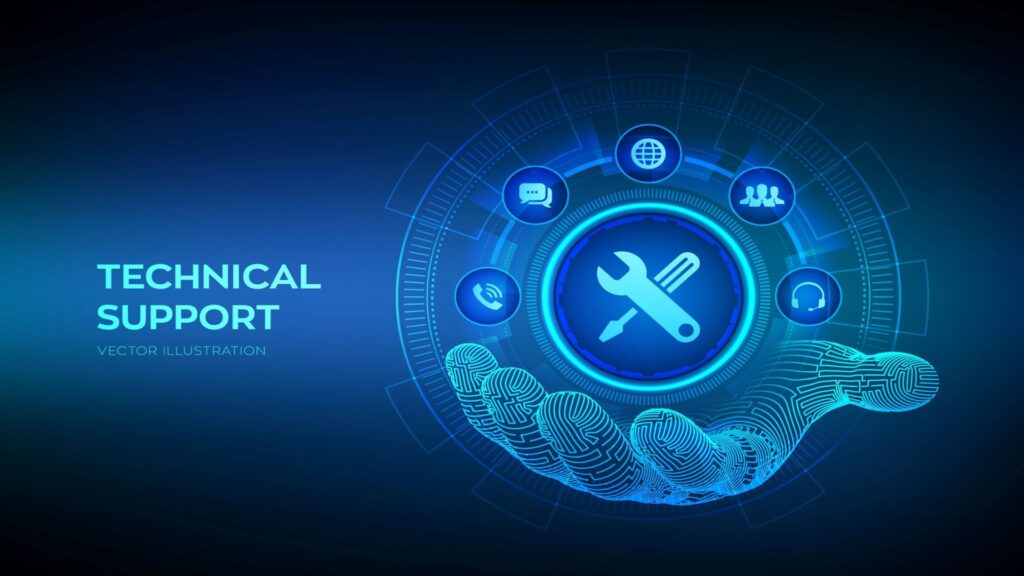Navigating Workplace Conflict: How To Resolve Conflict Without Impacting Performance or Team Morale
Where there’s leadership, there’s conflict. What’s most critical is how you handle the conflict and navigate through it that will make the most impact to your employees and overall performance of your organization.
As a leader, it’s your responsibility to understand where conflict arises and define what the issue really is, without emotions getting in the way. You’ve likely noticed that sometimes even the seemingly smallest issues can create conflict. When people are under pressure and feel stressed, conflict can create an emotional tsunami. This is a dynamic that can make or break your team.
The best thing to do is allow a two-way conversation that looks at the facts; how did the issue or problem arise? Could it have been handled differently to avoid the problem entirely? What can we do now to rectify the situation?
Think EQ: emotional intelligence. EQ is our ability to manage and regulate both our own emotions and the emotions of others and when it comes to conflict, this is fundamental.When you need to resolve any issue or problem, it’s important for your team to feel safe in taking ownership of the problem.
Next, consider what the barriers are to resolution – what will keep you from resolving the issue? Understanding what to say and how to say it is also key; many times leaders feel awkward because they aren’t sure how to clearly convey what they want to say. When I work with clients, we rehearse and role play these conversations to help them feel comfortable when they play out in real life.
Common Misconceptions
It takes effort to be effortless, especially in tough conversations. It’s easy to forget that conflict affects us every day. Sometimes, we’d rather avoid a difficult situation or conversation. But, that’s usually just a short-term solution. Avoiding the issue usually only delays the inevitable. For leaders at every level, communication with your team really is everything.
It’s a true opportunity to communicate better, earn trust and build better working relationships. You can think about this as a great way to work on building your conflict resolution muscle.
My advice to my clients? Practice makes a difference. Role play can be an effective tool to practice with, as you’ll have the poise to help you when conflict comes up.
Reasons why conflict escalates and what to do about it
Conflict often occurs when;
- There is a lack of clear communication or none at all. Communication is everything. Think of it as both guidance and the rules of the road. When communication is lacking or even nonexistent, communication “gaps” can take over and it’s human nature to fill in those gaps ourselves. For example, if when we come into the office in the morning our boss or team member doesn’t say hello, we may feel they are ignoring us. While that’s likely not true at all, we’re filling in the communication gap ourselves.
- There is a lack of trust. People want to work with those they like and trust, and trust is built on the relationships we create and maintain. When we trust someone, we’re not hesitant or afraid that they will do us any harm. However, when trust is absent we tend to be hyper-vigilant and look more closely at what others do.
- Team members do not feel there is a safe environment where they are encouraged to speak up. When team members and leaders don’t feel an environment is safe and that they can speak up, they absolutely tend to be hesitant or quiet . As a result, we may miss out on their valuable contributions and they miss out on the opportunity to contribute- it’s a two-way street. Leaders can encourage their team to speak up and to make recommendations. I like to show team members what I’m looking for in a salient recommendation for example, and then explain that although I may not agree and proceed with every recommendation or idea, I still want to hear it- it may be absolutely what is needed.
Why conflict resolution techniques are so important
While it may feel easier to brush conflict away or ignore it, it’s best to squash it before it causes more damage to important relationships with your stakeholders.
Unresolved conflict is actually costing you money! A study from CPP, Inc found that businesses spend more than $359 million/year dealing with workplace conflict and that leaders in turn spend almost three hours per week dealing with it. In fact, nine out of 10 leaders have been involved in a conflict that escalated.
Try this technique to avoid workplace conflict:
Incorporate regular weekly communication with your team into your routine. Just because an employee works remotely doesn’t mean you don’t need to talk to them. Give your team the opportunity to practice with sample conversations or scenarios- this way they can become more comfortable and understand how to prepare for when conflict arises.
Here are five ways to create a positive environment to resolve conflicts
1 . Remember that communication is indeed everything. Provide a safe environment where people are willing to have a conversation.
2 . Model genuine, transparent communication. As a leader, set the tone by leading others and being the example you want them to follow
3 . Include conflict management training in your employees’ professional development plan. If you don’t have one, now is the time to start. Bring in an external executive coach to help you create the plan and potentially implement it too
4 . Invest in resources for your team, such as hiring a communications expert or executive coach to help them. Sometimes it’s good to have someone else working with a team on how to address conflict.
5 . Don’t forget the importance of holding one-on-one conversations with your team. Your job is to listen and help them frame exactly what to say in a tough conversation.
The goal isn’t to avoid conflicts from happening, but from learning how to resolve them as quickly as possible, with minimum disruption to the morale, performance and productivity of the team.

About the Author:
Shannon Alter, CPM ® works with organizations that want to communicate with clarity so they can gain influence in their market, build better relationships and grow their business. She has over 30 years of experience in commercial and retail real estate management and hospitality. Her programs have been used throughout the United States and internationally by organizations of all sizes.
Shannon is a National Instructor for the Institute of Real Estate Management (IREM®), and the American Management Association (AMA) and has trained professionals in 10 countries. She has held the volunteer position of RVP for IREM and is a Past President of IREM Orange County.
Her 3rd book, “Be Influential: Surefire Ways to Improve Your Presentation Skills” was published in Summer 2023. She is the author of two earlier books, leadership white papers and numerous industry articles, including a long-time industry column.
Links:







